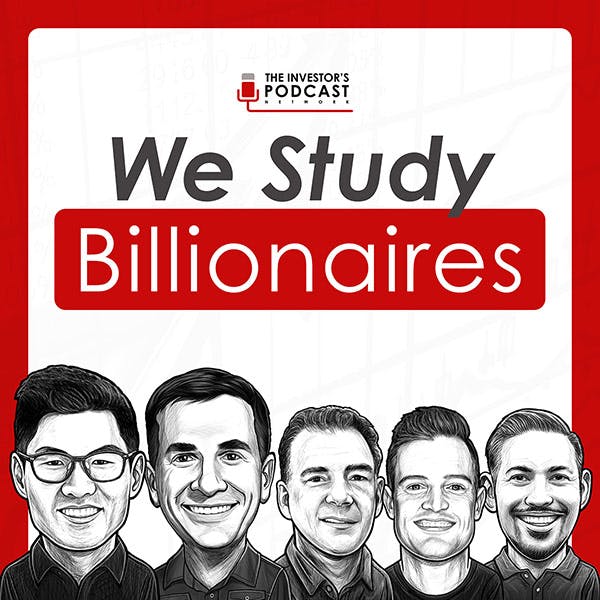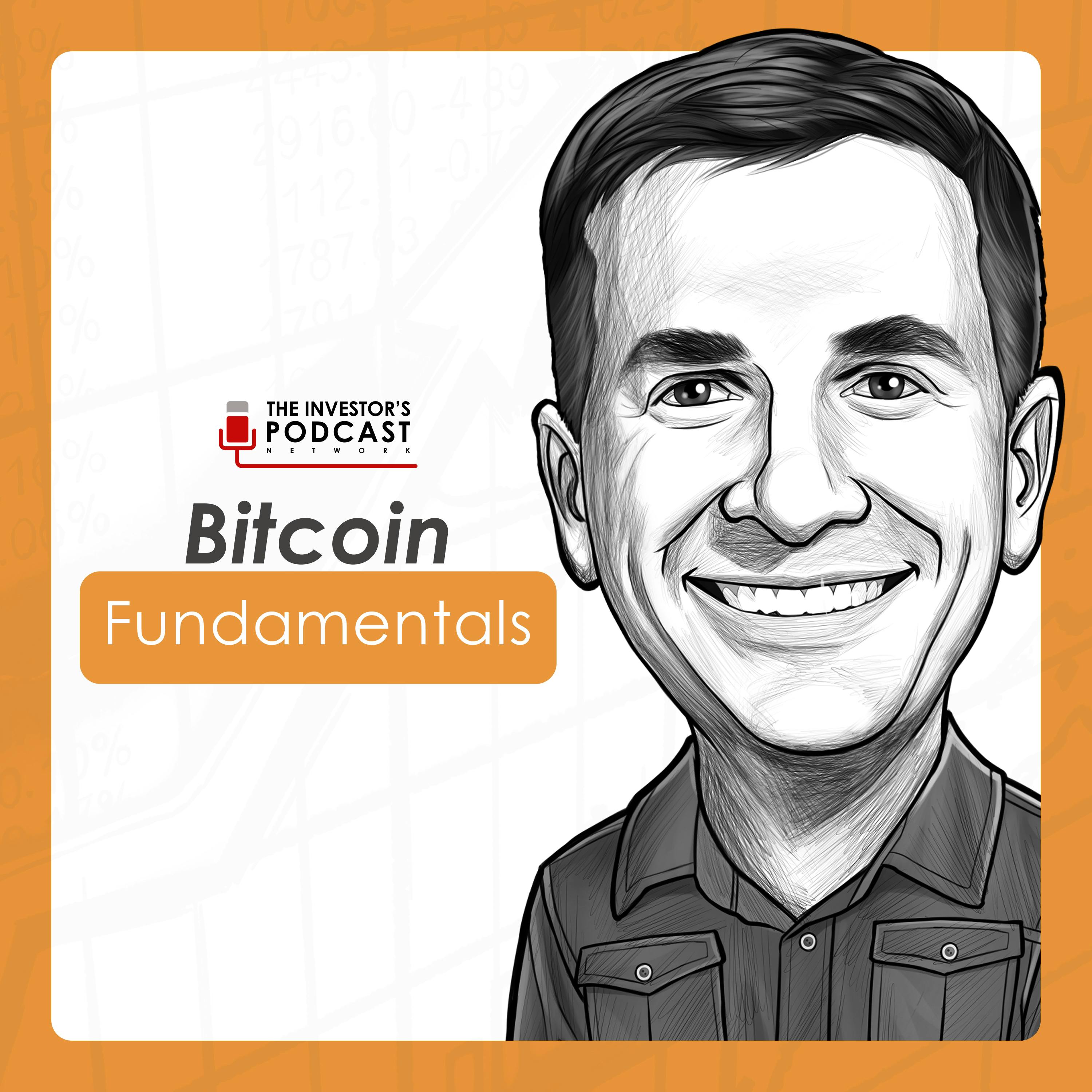
November 3, 2024 • 1hr 20min
TIP673: A Short History Of Financial Euphoria w/ Kyle Grieve
We Study Billionaires - The Investor’s Podcast Network

Key Takeaways
- The Anatomy of Speculative Events follows a consistent pattern:
- Something new and innovative captivates the public
- Participants develop an inflated sense of their own intelligence
- Heavy leverage is used to purchase assets
- Those profiting protect and justify the speculation
- The episode ends with a crash
- Participants look for someone to blame besides themselves
- Financial memory is surprisingly short - typically around 20 years before similar patterns repeat
- Money is often mistakenly associated with intelligence during bubbles, leading people to follow wealthy individuals regardless of merit
- Six key lessons for protecting yourself from bubbles:
- Expect bubbles as a natural market feature
- Avoid participating by refusing to join
- Remember risk is highest when euphoria peaks
- Be wary of overpaying even for good assets
- Establish clear selling criteria
- Take personal responsibility for investment decisions
Introduction
This episode explores John Kenneth Galbraith's book "A Short History of Financial Euphoria" and examines the recurring patterns in market bubbles and speculative manias throughout history. The discussion covers both historical examples like Tulipomania and the South Sea Bubble, as well as more recent events like the Dot-com bubble and 2008 Financial Crisis.
Topics Discussed
The Blueprint of a Speculative Event (03:26)
The episode begins by outlining the consistent pattern seen in speculative episodes throughout history:
- Initial Innovation - Something new captures public attention
- Inflated Intelligence - Participants believe they're smarter than they are
- Leverage - Heavy borrowing to purchase assets
- Protection - Those profiting defend the speculation
- Collapse - The episode ends dramatically
- Blame - Participants seek scapegoats
Psychology of Market Participants (04:10)
The discussion explores why investors repeatedly fall for bubbles despite historical precedent:
- Short Financial Memory - People forget past crashes after ~20 years
- Money-Intelligence Association - Wealthy individuals are assumed to be smart
- Social Proof - Community reinforcement of speculative behavior
- "The financial memory is shorter than you might think" - John Kenneth Galbraith
Historical Example: Tulipomania (15:13)
The first major historical bubble discussed was the Dutch tulip mania of 1636-1637:
- Single tulip bulbs traded for the equivalent of $88,000 in today's money
- Bulbs changed hands up to 10 times per day before ever blooming
- Occurred during Dutch Golden Age when country was extremely wealthy
- Less leveraged than later bubbles, limiting systemic damage
The Bank Royale and John Law (19:13)
Discussion of how convicted criminal John Law created one of history's largest bubbles:
- Background: Law escaped prison and made living as gambler before founding bank
- Innovation: Issued notes backed by supposed gold deposits in Louisiana
- Deception: No evidence gold existed but government needed funding
- Collapse: When prince demanded gold conversion, system fell apart
- "The proceeds of stock sales went not to search for undiscovered gold, but to the government for its debts"
The Importance of Due Diligence (25:36)
Key lessons on the critical role of proper research:
- Investors often skip due diligence when making money
- Important to verify claims about underlying assets
- Question credentials and track records of leaders
- Red flags are often visible but ignored during euphoria
How Bubbles Feed on Themselves (28:13)
Analysis of the self-reinforcing nature of speculative episodes:
- Success attracts more participants
- Rising prices validate decision to invest
- Copycat companies emerge to capitalize on enthusiasm
- Media coverage amplifies excitement
- IPO activity typically surges during bubbles
The Great Depression (34:56)
Examination of factors leading to 1929 crash:
- Widespread use of margin lending (up to 90% leverage)
- Interest rates on margin loans reached 7-15%
- Economists provided false reassurance
- "Stock prices have reached what looks like a permanently high plateau" - Irving Fisher
- Between 1929-1932:
- Global GDP fell 15%
- International trade dropped 50%
- US unemployment hit 23%
Modern Bubbles: Dot-com, Housing Crisis, Post-COVID (39:43)
Analysis of three recent major speculative episodes:
Dot-com Bubble:- Companies adding ".com" to names saw stock prices surge
- Infrastructure wasn't ready for widespread internet adoption
- New metrics like "eyeballs" replaced traditional valuations
- NASDAQ fell 78% from peak to trough
- Innovation in mortgage-backed securities (MBS) and CDOs
- "NINJA" loans - No Income, No Job, No Assets
- Massive leverage at financial institutions
- Housing prices nearly doubled 2000-2006
- Tech stocks saw massive appreciation
- Electric vehicle company valuations soared
- AI-related enthusiasm in recent years
Taking Responsibility for Investment Decisions (55:41)
Final thoughts on personal accountability:
- Investors must own both successes and failures
- Blaming others doesn't improve decision-making
- Due diligence is individual responsibility
- Clear framework needed for buying and selling
Conclusion
The episode emphasizes that while bubbles are a recurring feature of markets, individual investors can protect themselves by:
- Understanding the typical pattern of speculative episodes
- Maintaining discipline in due diligence
- Avoiding excessive leverage
- Being skeptical when euphoria peaks
- Taking responsibility for investment decisions









